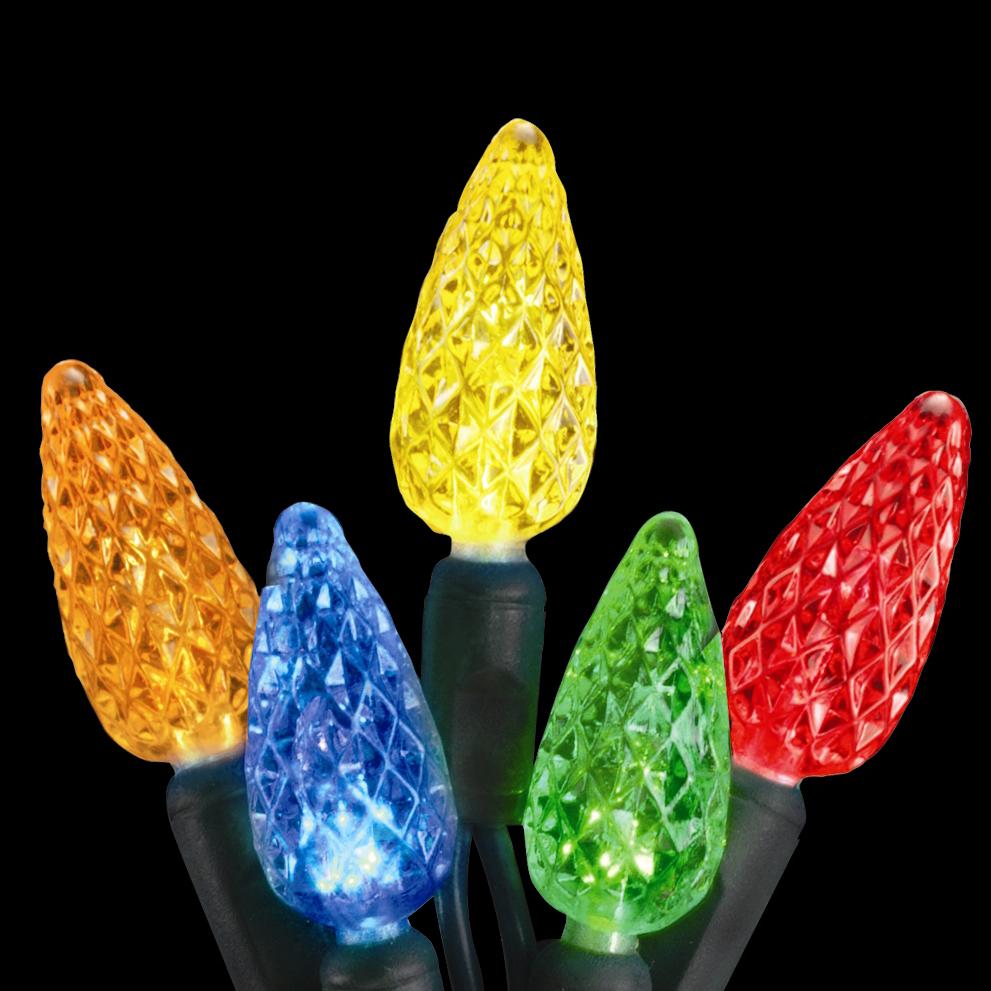Can You Cut Excess LED Strip Lights?
Is it safe to cut off the excess from your LED light strips? This is a question that plagues many home decorators because of the difficulty in finding lights cut to the exact length needed.
The fact is, that most LED light strips can be cut safely and used normally afterward. But with so many different brands and products on the market, it can be difficult to tell which ones you can cut and which ones you can’t.
How To Tell If Your LED Light Strip Can Be Cut
How can you tell if your particular LED light strip is safe to cut? Those that can safely be cut will have a “cut line”, which is marked by a “scissors” graphic. This indicates where the strip can be cut safely without causing damage. If your strip doesn’t have a cut line, it is best not to tamper with it.
After you have determined that the light strip can be cut, you can proceed to the next step.
Cutting LED Light Strips
Remember to unplug your light strip from the power source before cutting it. Neglecting to do so could result in severe and potentially life-threatening electrical shock.
Follow the steps below for cutting your LED light strip:
1. Measure the length of the strip you need. Decide how long you need your light strip to be and mark the appropriate length. It is better to have more than you need, so err on the side of caution.
2. Find the “scissors” logo closest to the length you need. Look for the “scissors” logo closest to the mark you’ve made. Again, make sure you’re cutting to a length more than you’ll need.
3. Make the cut with scissors. Make your cut with a sharp pair of scissors. Try to cut at a right angle to the length of the strip. If you cut diagonally, the light may no longer work.
Reconnecting A Cut Light Strip
What if you’ve cut as much of your light strip as you need and don’t want the excess to go to waste? You can actually use the remaining portion, but you will need another 4-pin connector to make it work.
The process is pretty easy but the light may not work if you do it incorrectly. So, it is always better to ensure that you are cutting your strip to the appropriate length.
If you do want to reconnect the cut-off portion of your LED light strip, here are the steps for doing so:
1. Purchase a 4-pin connector. Strip light connectors come in a few different sizes so you need to ensure you have the right type. The most common variety is the Lepro 4-pin, but make sure that it’s the same width as your lights.
Most kits come with five L-shape and five line shape connectors. These allow you to reconnect strip lights at a 90° angle or straight.
2. Open the connector. Some connectors are designed to be opened. But if it comes with a sealed cover, you will have to open it from the side.
3. Place the light strip in the connector. Position the two sections of the light strip you want to reconnect with the cut ends in the connector. Make sure they are aligned with the fastening clips and that both sections are oriented correctly.
4. Cover the connector. Close the connector cover and plug in the light strip. If it lights up normally, then you’re done. Otherwise, open the cover again and reposition the edges of the light strips.
Installing Your LED Strip Lights After Cutting
After you’ve cut your light strip, you can install it on a wall or any other flat surface. Here are the steps for doing so:
1. Ensure that the wall is dry and clean. LED light strips will adhere to the surface more securely if it is dry and clean. Always give the surface a good wipe to remove dust and moisture before installing your light.
2. Mark the area of the wall where you want the LED light to go. After the wall is free of dust and moisture, mark out the area where you want the light strip installed.
3. Attach the LED light strip to the wall. Remove the plastic layer covering the 3M adhesive behind the strip. Stick the light strip to the wall using your marks as a guide.
4. Connect the LED light strip controller. Use the included connector to attach the controller to the light strip. Make sure the strip is oriented correctly in relation to the controller.
Those are the steps to installing your LED light strips. If you’ve followed the steps exactly, your lights should be working properly at this point. Enjoy!

